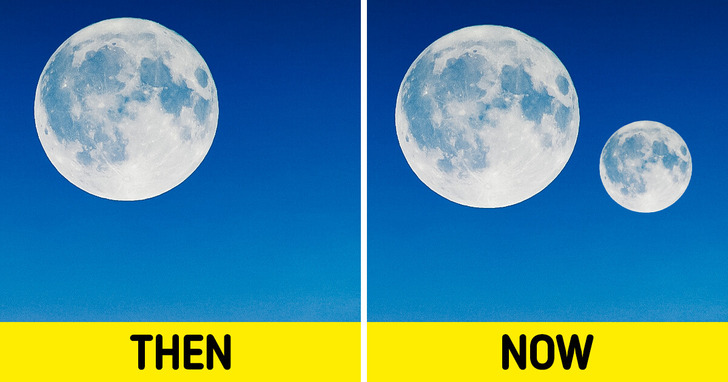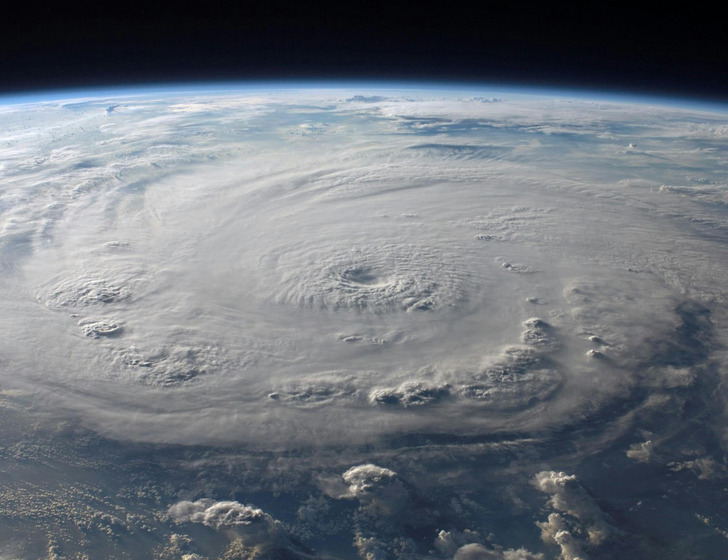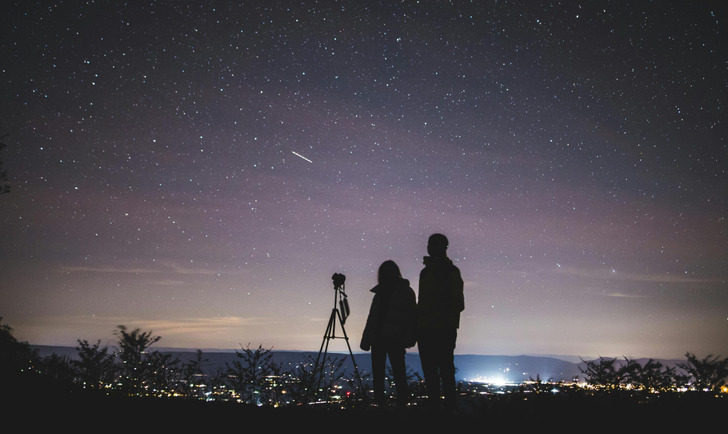I think, I can never earn over which I paid by my precedent employer, but I was wrong, world is so large to try their fate. but now I am making $52/h even more,and easily earn minimum $1300/week, on the experience everyone must try to do work online, easy way to earn, here's an example.
𝐰𝐰𝐰.Richnow05
Earth’s Second Moon Has Arrived, Here’s What It Means for Us
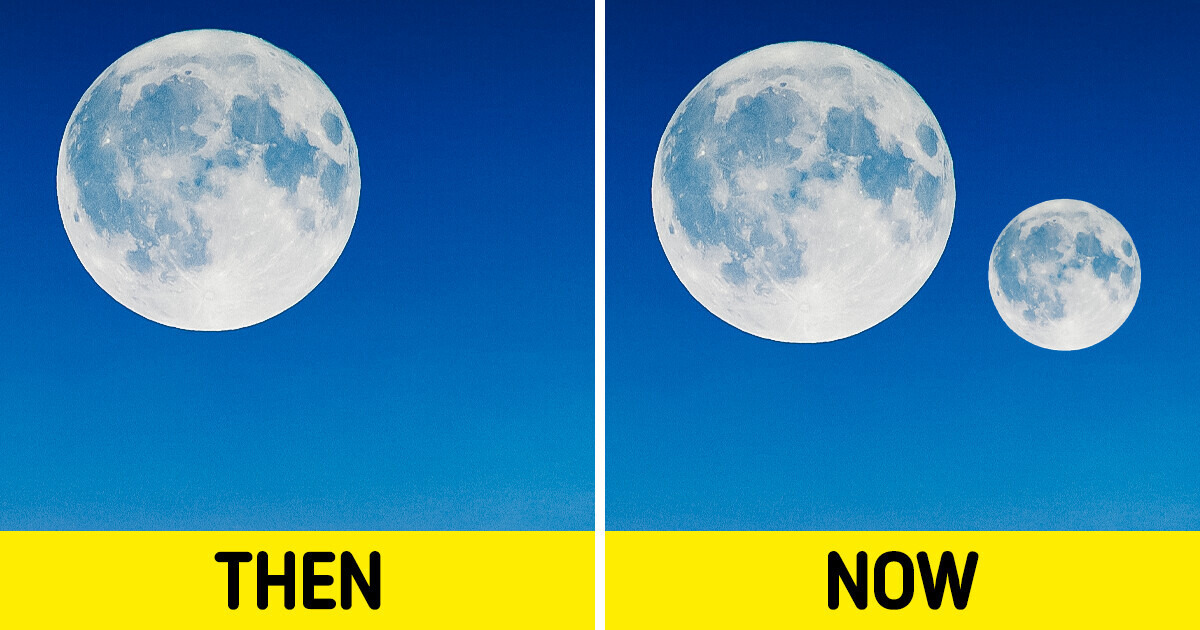
Exciting news, everyone! The moon has a new little buddy — a mini-moon! But before you get too thrilled, know that this cosmic guest is just passing through. This pint-sized asteroid will be hanging out with us for about two months, until November 25, before it returns to its usual hangout — a cozy spot in the asteroid belt orbiting the sun. Let’s see how our tiny visitor’s stay might shake things up for us and our planet!
What Is a Mini-Moon?
A mini-moon is like a space rock tourist that gets temporarily snagged by Earth’s gravity, making it orbit our planet for a little while — usually just a few weeks or months. Unlike our trusty moon, which sticks around for the long haul, mini-moons are more like wandering hitchhikers of the cosmos, swinging by for a quick visit before heading off on their next adventure. These little guys are pretty tiny — just a few meters wide — so spotting one is tricky, and they often come and go without anyone noticing.
The Asteroid Terrestrial-impact Last Alert System (or ATLAS) spotted this new guest, a 10-meter-wide asteroid dubbed 2024 PT5, on August 7. They predict it’ll do a few laps around Earth from September 29 to November 25 before it breaks free of our planet’s gravitational grip and zooms back into space For just 57 days, this tiny rock will be hanging out in our neighborhood.
How Does Earth Get a Second Moon?
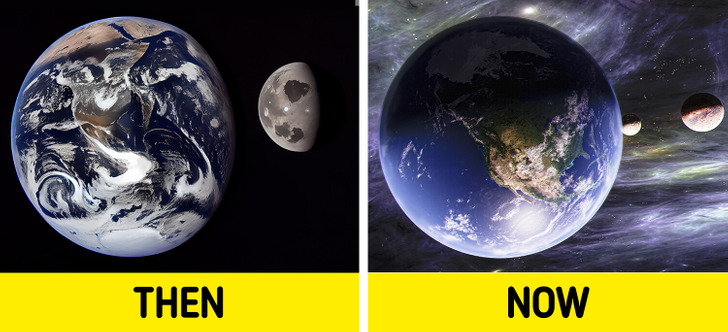
Asteroids are like cosmic introverts — they pass by Earth all the time, but most of them keep things low-key. The small ones come and go without much fuss, while the bigger, more dramatic types only make headlines once in a few million years.
Just like other solar system travelers, asteroids are driven by the Sun’s gravity, zipping through space on their predetermined paths. Scientists work hard to track these space rocks — not only to keep an eye out for any potential collisions, but also to learn more about their mysterious properties.
Now, even though 2024 PT5 is a tiny little rock, that's not the reason it doesn’t count as a real moon. When it comes to being called a moon, size doesn’t matter — it’s all about whether the object actually starts orbiting another body. Take our regular moon, for example: it orbits Earth in a nice elliptical path, completing one lap roughly every month. Its gravity pulls at our planet, stretching it just enough to resemble a slightly squashed football. This cosmic tug-of-war is what shapes the tides, affecting everything from marine life to our ability to navigate the seas.
“Just about every living being is affected in some subtle or strong way by the lunar cycles. So, we’re pretty tightly bound to our moon in a big way,” says Thomas Statler, the lead scientist for solar system small bodies at NASA Headquarters.
Have There Been Other Mini-Moons?
The short answer is yes. 2024 PT5 isn’t Earth’s first mini-moon rodeo. Our planet has a habit of snagging Near-Earth Asteroids and pulling them into orbit for a bit.
“There have been mini-moons that are way more mini-moonier than this one is, and there will be in the future,” says Statler. Fortunately, scientists are getting better at spotting these tiny visitors. Back in 2016, they discovered Kamo’oalewa, a quasi-moon that plans to stick around for the next 300 years.
Named after the Hawaiian phrase for ‘oscillating fragment,’ Kamo’oalewa is about the size of a Ferris wheel. While it seems to dance along with Earth’s orbit, it’s actually outside our planet’s gravitational grip — so it doesn’t quite make the cut as a true mini-moon.
In 2020, a tiny asteroid named 2020 CD3 was discovered orbiting Earth. It had been hanging around for a few years before deciding to break free and drift off the next month.
What This New Moon Means for Earth?
Honestly, it’s not going to change life as we know it — no dramatic cosmic events here. This mini-moon is only about the size of a large truck, so it won’t mess with the tides, the weather, or anything else on Earth. Think of it more like a quirky space guest than a serious game-changer.
But for astronomers and stargazers, it's a fun opportunity to study a nearby visitor and learn more about these drifting space rocks. And hey, it gives Earth the rare bragging rights of being a two-moon planet for a short time! Not a bad addition to our planetary résumé, right?
How Long Will This Mini-Moon Stay?
This mini-moon is more of a short-term guest than a permanent resident. It’ll be hanging around Earth from September 29 to November 25, giving us a couple of months with a bonus moon before it decides to move on. So, soak up the double-moon vibes while you can! After that, this little visitor will slip out of Earth’s gravitational grip and continue its adventure around the Sun, leaving us with our faithful old moon once more.
Scientists predict that the space rock will not come into Earth’s orbit again until 2055.
Can We See the Mini-Moon?
Spotting this mini-moon is no easy task. It’s more like a space pebble — about 10 meters long, the size of a city bus — so don’t expect it to light up the night sky like our usual moon. Even with a telescope, catching a view will be a real challenge since it’s so small and distant.
For most of us, it’s a job best left to the pros with their high-tech gadgets. But hey, there’s something pretty cool about knowing it’s out there, twirling around in its own little cosmic dance, don’t you think?
What happens when a mini-moon leaves orbit?
When a mini-moon decides it’s time to leave Earth’s orbit, it’s basically breaking up with our gravity and heading back out into space. After spending some time spinning around with us, it gathers enough speed to slip away and resumes its usual routine of orbiting the Sun, like any other space rock.
Don’t expect any grand finale — no explosions, no cosmic confetti — just a quiet exit as it drifts back into the great beyond. Earth goes back to its one-moon life, and the mini-moon continues its solo adventure through the cosmos.
Why 2024 PT5 and Asteroid Research Actually Matter
Sure, Earth and its Moon have seen plenty of short-term space visitors over the eons, but don’t expect another moon-sized neighbor anytime soon. These tiny celestial guests, like 2024 PT5, have been popping in and out for billions of years without causing a fuss. As planetary scientist Statler puts it, "That's a good indication that this is not a major thing in terms of affecting life on Earth." In other words, these space rocks have kept things low-key.
If we did somehow end up with a second moon the size of our current one, it would totally throw a wrench into our tidal patterns and probably rewrite what scientists understand about the history of astronomy and moon formation. But don’t worry, that’s not happening anytime soon. The last few billion years have been pretty consistent on that front.
So, why all the fuss about 2024 PT5? According to Andrew Rivkin, a planetary astronomer at Johns Hopkins University Applied Physics Laboratory, it’s all about timing. This is one of the first times scientists have been able to predict the arrival of a mini-moon in advance. “It's a great demonstration of our capabilities to be able to find things, to be able to predict where they go,” Rivkin explains.
Rivkin also led NASA’s Double Asteroid Redirection Test mission, a trial run that proved humans could actually nudge an asteroid off course — a huge leap in planetary defense. For the first time, we’ve shown we can shift a celestial object’s path in space. Talk about cosmic influence!
Get Ready for a Much Bigger Cosmic Event in 2029.
Looking ahead, the next big asteroid to zoom past Earth will be Apophis, a 1,000-foot-wide rock set to whiz by in April 2029. It won’t get caught in our orbit, it’s moving way too fast for that, but it’ll come close enough to give us a great view, about ten times closer than the Moon! It might feel a bit more nerve-wracking than 2024 PT5’s flyby, but for asteroid enthusiasts, it’s a thrilling event.
“Asteroids are not just things to be scared of. The skies are full of great things, of wondrous things,” Rivkin says. “The skies are full of great things, of wondrous things.” And with 2024 PT5, we’re getting a front-row seat to one of those cosmic wonders.
Check out 11 Warning Signs of Natural Phenomena Each of Us Should Know to be prepared for all weather events.
Comments
Related Reads
The Story of the Baby Who Challenged Doctors With His Rare Disorder for 20 Years

13 Roommate Stories That Could Be Turned Into Hollywood Dramas

20 Women Who Dared to Do a Full Makeover and Became Unrecognizable

12 People Witnessed a Supernatural Event and It Haunts Them to This Day
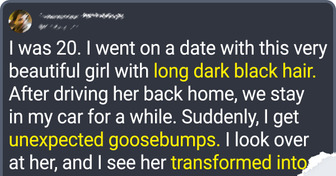
10+ Exes Who Know How to Spark Total Drama

13 Stories That Prove Kindness Is the Quiet Superpower We All Share

12 Acts of Kindness That Circled Back in Shocking Ways
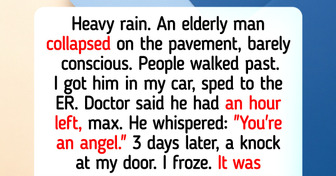
I Absolutely Refuse to Walk My Daughter Down the Aisle After What She Did to Her Mom

13 Discoveries That Changed How People Saw Their Partners

My MIL Moved in ‘for an Emergency’—Now She Refuses to Leave

I Refused to Bake My Sister’s Wedding Cake for Free

I Trusted My Stepdaughter With My Dog—What Went On Still Makes Me Shiver

